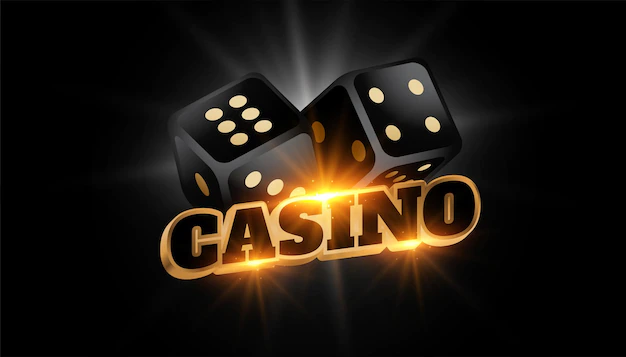CFD: High return with high risk
CFD (Contract For Difference) are an interesting financial instrument if you know how to use them. One bets with it on certain price differences of shares, foreign exchange or raw materials and can obtain high profits by the high leverage with relatively small employment. The potential returns of CFDs are truly unique and so it is not surprising that in 2013 alone CFDs worth 1.1 trillion euros were traded.
You can’t play without risk
But one of the most important stock market wisdom is: no return without risk. Meaning, the higher the possible return, the higher the risk to the capital invested.
With CFD products, in addition to the lost capital, if one has bet incorrectly, there is often a so-called obligation to make additional contributions. The investor is then obliged to immediately compensate for accumulated losses. And due to the leverage effect they can be much higher than the original capital invested.
Small investor gambles away on currency speculation
A few weeks ago, a German small investor had to feel this in his own wallet. An engineer speculated with CFD financial products on the ups and downs of the Swiss franc. The exchange rate of the Swiss currency to the euro was never characterized by large fluctuations, because the Swiss central bank always paid scrupulous attention to the fact that a euro is never worth less than 1.20 francs.
Here’s how the investor bet 2.800 euros at a broker on exchange rate differences of the Swiss franc to the euro and considered the risk for his money manageable.
But on 15. January 2023 suddenly everything was different. The Swiss central bank released the exchange rate of the Swiss franc. The value of the franc then shot up 20 percent in a matter of minutes. Few investors, neither professional nor private, had really expected this, and the market immediately began to boil.
For the small investor, this unexpected decision of the Swiss central bankers meant the financial end. Although, in order to protect himself, he had agreed on a stop rate with his broker, according to which his contract would be sold immediately on the market if the euro slipped below the mark of 1.1998 francs, but on that day, due to the turmoil, no buyer was found for his papers. And so his losses rose and rose and rose.
Only after 45 minutes a buyer was found. The euro was worth only 0.92 francs at that time. Due to the leverage effect of CFDs, this meant a loss of 280 for the small investor.000 euros. And this is the money his broker now wants from him as soon as possible.
That’s how 28.000 Euro stake within three quarters of an hour 280.000 Euro loss. For the small investor this means financial ruin. This sum, for which one could build a proper house, he does not have of course liquid and a bank will not lend it to him also. If the broker, who is not at fault, does not give in, the small investor will probably not be able to avoid personal insolvency.
But it could have gone quite differently. And then the small investor would be a very big one today, because instead of 280.000 euro loss the same sum as profit would have raked in. Then he would have – rightly – insisted that the broker also pays him this amount.
Inform important!
With stock exchange business informing beforehand is immensely important. Especially with such products as CFDs. If the small investor had understood the contract correctly, then he would have noticed that he is liable to make additional payments. And if he didn’t want to take the risk of a tight market, where not enough buyers and sellers are active, then he shouldn’t have entered into the contract.
Another important stock market rule: Only invest in things you really understand. Otherwise you will burn your fingers.
